Posted by · Leave a Comment
Cycles of all sorts…
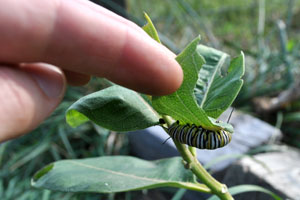
Monarch caterpillar on milkweed (host plant)

Milkweed plant “going to seed”
I plant tobacco. I love it. It reminds me of growing up and taking family trips down I-95, seeing fields and fields and fields of this majestic plant with gigantic leaves. I’ve rarely seen insects on or around our tobacco plants; the leaves are sticky. And although I find the scent appealing, I imagine in the bug world there might be something off-putting about it. So, I usually don’t bother to check the plants for pests.
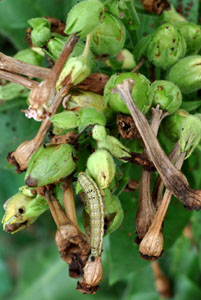
Tobacco Budworm
That all changed a few days ago, when I noticed these worms on the tobacco. I assumed they were corn earworms—after all, they looked like them and were less than a foot from the overhanging corn leaves. Maybe they just dropped onto the tobacco from the corn leaves?
Wrong. I was amazed to find I have tobacco budworms.
A very close relative of the corn earworm, the tobacco budworm attacks field crops—tobacco, soybeans, cotton (which, by the way, is planted at the end of the tobacco row). A common predator is the wasp. Host plants include beardstem, lupine, and sunflower to name a few—all of which are present at our place (including the wasps!).
Just goes to show: there are so many “mini-lifecycles” going on every day all around us…if we just take a moment to notice—like those pictured here.

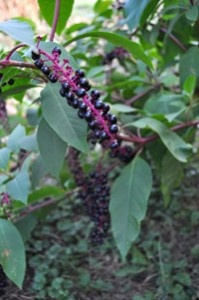
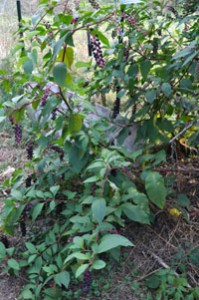 First and foremost: pokeweed is a toxic plant. Let me repeat this. It is poisonous for humans, pets, and livestock!
First and foremost: pokeweed is a toxic plant. Let me repeat this. It is poisonous for humans, pets, and livestock!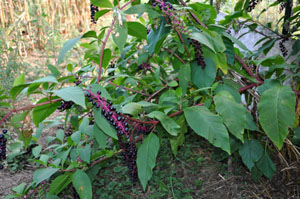 Apparently, pokeweed is a jack of all trades as far as plants go. It has been the star of folk song lyrics, used topically or internally as remedies and poultices by Native Americans, and enjoyed as an ornamental plant. The berries have functioned as writing ink, a paint to color aboriginal horses, and natural fabric dye.
Apparently, pokeweed is a jack of all trades as far as plants go. It has been the star of folk song lyrics, used topically or internally as remedies and poultices by Native Americans, and enjoyed as an ornamental plant. The berries have functioned as writing ink, a paint to color aboriginal horses, and natural fabric dye.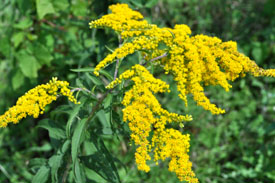
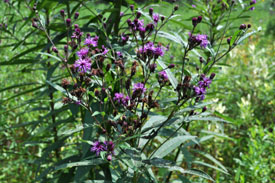
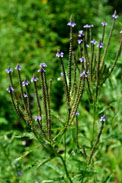
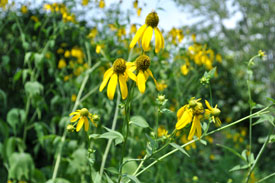
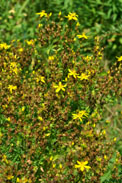
 I didn’t always know Purslane, mind you. We met after I married.
I didn’t always know Purslane, mind you. We met after I married.
